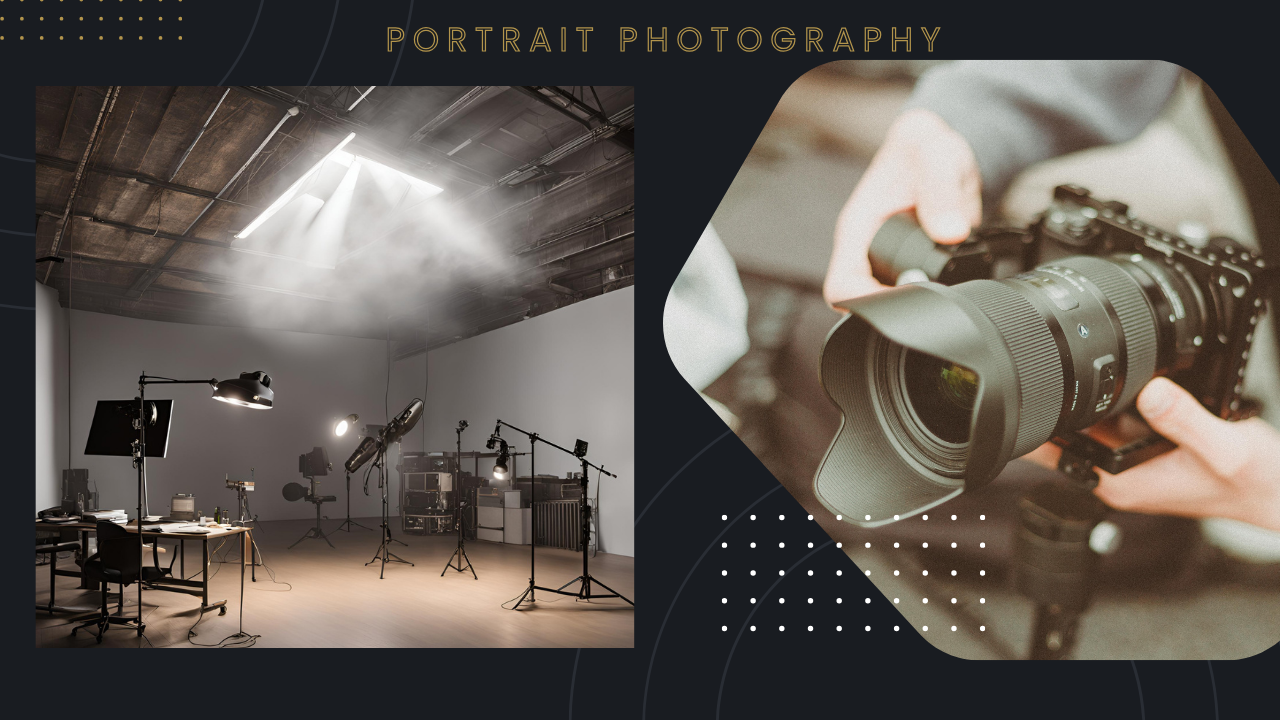Opening Statement
Graphic design has been the cornerstone of my creative journey, shaping my career and fueling my passion every day. The ability to transform ideas into visual art is what drives me, and I want to share the tools and techniques that make this possible.
Post Purpose
In this post, I will share the essential tools and techniques I rely on for my graphic design work. These resources have greatly enhanced my creativity and productivity, and I hope they will provide valuable insight and tips to you.
Essential Graphic Design Tools
Adobe Creative Suite, including Photoshop, Illustrator, and InDesign, is my primary software for graphic design. Additionally, tools like Affinity Designer, CorelDRAW, and Canva provide great alternatives. It is important to understand the importance of using the right type of software for different tasks, whether vector or raster. Speaking of hardware, graphic tablets like Wacom offer precision and ease of drawing, while high-resolution monitors ensure color accuracy and detail. A powerful computer is essential to efficiently handle intensive design software.
Favorite Design Techniques
When it comes to typography, I focus on choosing the right fonts for different projects and creating visual harmony by combining them effectively. For color theory, I have a specific process for selecting color schemes and understanding how different colors evoke emotions in a design. In terms of layout and composition, I emphasize the use of grid systems for balanced and organized design, as well as techniques for establishing visual hierarchy to guide the viewer’s eye. Custom illustrations and icons are beneficial for adding a unique touch, and vector graphics are essential for their scalability and quality.
Workflow and Productivity Tips
Effective project organization is crucial, including file management and version control to keep design files organized and ensure that different working versions are saved. In my creative process, brainstorming and mood boards play a key role in generating ideas and concepts, especially in the early stages of design. Time management is key, so I use tools to automate repetitive tasks and manage my schedule to meet deadlines efficiently.
Inspirational Resources
Being part of online design communities, such as forums, and social media platforms like Instagram, Pinterest, and Behance, is incredibly inspiring. These platforms provide valuable information and keep me motivated. For educational resources, I recommend online courses and tutorials available on Skillshare, Udemy, and YouTube to learn new skills. Additionally, influential books and design magazines have shaped my perspective and continue to inspire my work.


